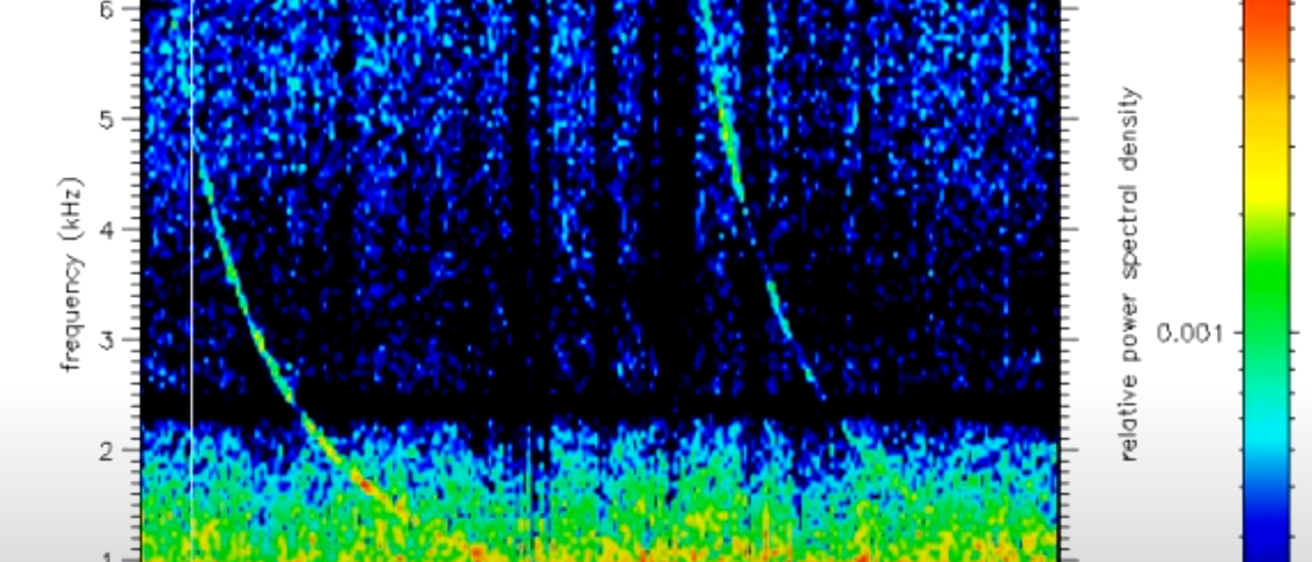Through astronomical sonification, scientists map complex astronomical structures like black holes or exploded stars through the similarly expansive and multidimensional world of sound. Translating data from outer space into music not only expands access to astronomy for people who are blind or have low vision, but it also has the potential to help all scientists better understand the universe by leading to novel discoveries.
William “Bill” Kurth, Ph.D., a space physicist at the University of Iowa, said the origins of astronomical sonification can be traced back to at least the 1970s when the Voyager-1 spacecraft recorded electromagnetic wave signals in space that were sent back down to his team on Earth, where they were processed as audio recordings.
Back in 1979, the team plotted the recordings on a frequency-time spectrogram similar to a voiceprint you see on apps that chart sounds like birds chirping, Kurth explained. The sounds emitted a "whistling" effect created by waves following the magnetic fields of the planet rather than going in straight lines. The data seemed to confirm what they had suspected: lightning was shocking through Jupiter’s atmosphere.
“At that time, the existence of lightning anywhere other than in Earth's atmosphere was unknown,” Kurth told Salon in a phone interview. “This became the first time that we realized that lightning might exist on another planet.”
